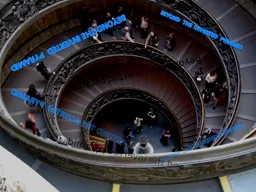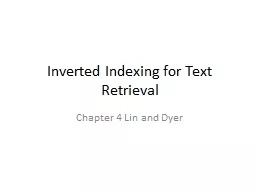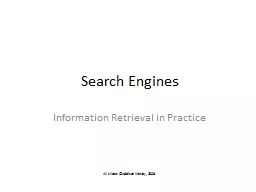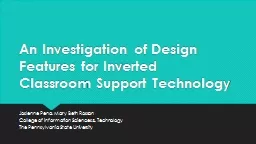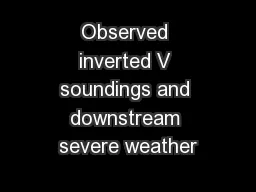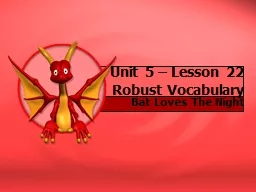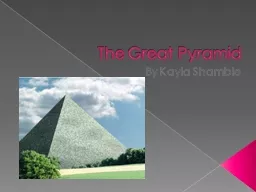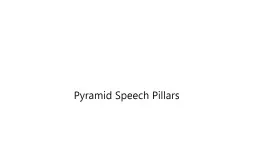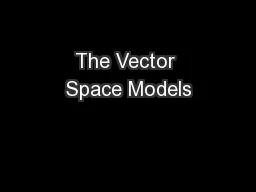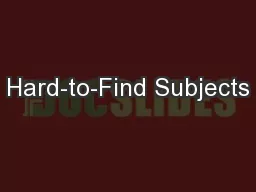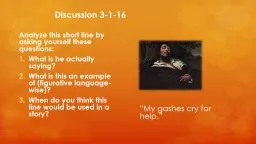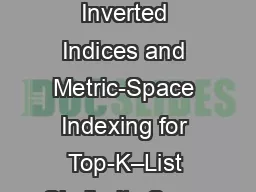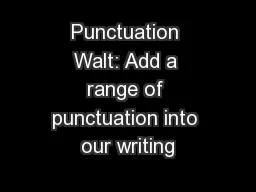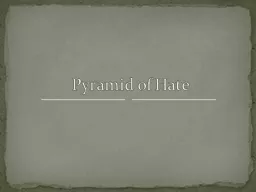PPT-Beyond the inverted pyramid
Author : conchita-marotz | Published Date : 2017-03-22
Dr Martin Hirst News Reporting AUT 2011 Beyond the inverted pyramid Beyond the inverted pyramid For the good journalist writing news is first and foremost an exercise
Presentation Embed Code
Download Presentation
Download Presentation The PPT/PDF document "Beyond the inverted pyramid" is the property of its rightful owner. Permission is granted to download and print the materials on this website for personal, non-commercial use only, and to display it on your personal computer provided you do not modify the materials and that you retain all copyright notices contained in the materials. By downloading content from our website, you accept the terms of this agreement.
Beyond the inverted pyramid: Transcript
Download Rules Of Document
"Beyond the inverted pyramid"The content belongs to its owner. You may download and print it for personal use, without modification, and keep all copyright notices. By downloading, you agree to these terms.
Related Documents

